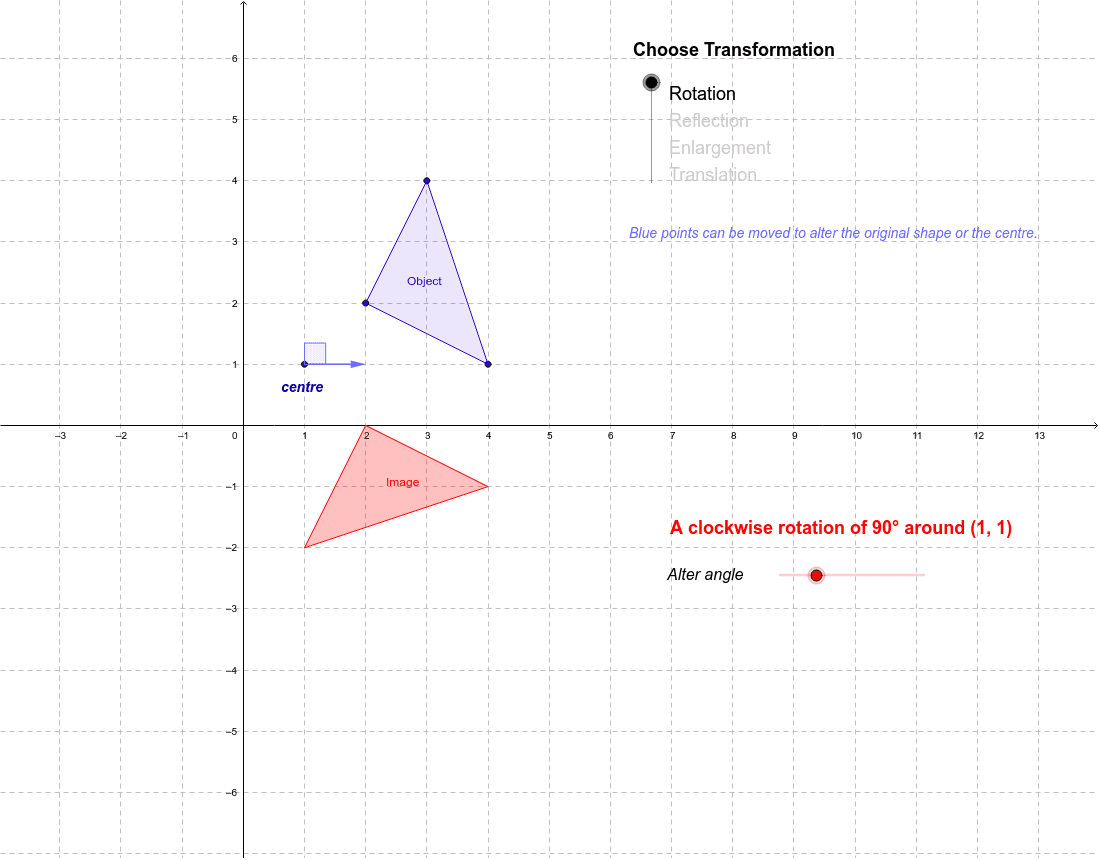

Question 3: Calculate the number of images formed by an asymmetric object if the angle between the mirrors is. Wide-angle seismic reflection traveltimes generated by large explosions are used extensively to obtain both velocity and regional structure of the. 2.1.2 Brewsters angle 2.1.3 Total internal reflection. The angle of incidence and angle of refraction are mathematically related to the index of refraction of each material through the law of refraction, also called Snell’s Law. To calculate the number of images formed we use the following formula, Given, 60° Putting the value in the formula we get, Therefore, N 6 1. The Fresnel equations (or Fresnel coefficients) describe the reflection and transmission of. Unlike reflection, the angle of incidence is not equal to the angle of refraction. Dependence on wavelength, angle of incidence Littrow, blaze angle. Brewsters angle (polarization angle) is an angle of incidence at which. Reflectance of s/p polarized light, Brewsters angle Diffraction angles. If light is traveling in one material and then refracts in a second material, it will bend towards the normal if the index of refraction of the second material, n 2, is greater than the index of refraction of the first material, n 1 (the light travels slower in the second material) ( n 1 n 2) (B). Here is the Polarization by Reflection Calculator to calculate the Brewsters angle. The higher the index of refraction, the slower light travels in that medium. It is common to observe this law at work in a Physics lab such as the one described in the previous part of Lesson 1. The index of refraction of a material is equal to the speed of light in a vacuum, divided by the speed of light in the material.

Materials have a property called the index of refraction, which is symbolized using the letter n. Shopping cart example of refraction (©2020 Let’s Talk Science). Answer (1 of 4): The angle of deviation of a prism is given by the following formula: delta i+e-A, qquad where, delta is the angle of deviation, i is the angle of incidence, e is the angle of emergence, and A is the refracting angle.


 0 kommentar(er)
0 kommentar(er)
